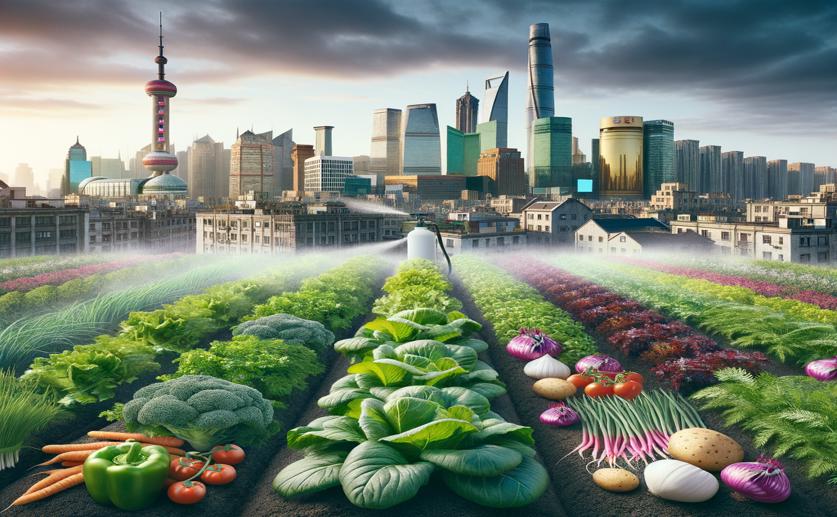
Pesticide Levels in Shanghai's Urban-Grown Vegetables
Jenn Hoskins
15th March, 2024

Image Source: Natural Science News, 2024
Key Findings
- In Shanghai, 29.21% of vegetable samples had pesticide residues, but only 0.47% exceeded safe limits
- Leafy vegetables showed the highest pesticide residue levels and most MRL exceedances
- Health risk assessments (THQ and HI) indicated no significant health hazards from these pesticides
References
Main Study
1) Pesticide residue and dietary intake risk of vegetables grown in Shanghai under modern urban agriculture in 2018-2021.
Published 15th March, 2024
https://doi.org/10.1016/j.heliyon.2024.e25505
Related Studies
2) Analysis of Multi-Pesticide Residues and Dietary Risk Assessment in Fresh Tomatoes (Lycopersicum esculentum) from Local Supermarkets of the Metropolitan Region, Chile.
3) Simultaneous determination and risk assessment of highly toxic pesticides in the market-sold vegetables and fruits in China: A 4-year investigational study.
4) The present situation of pesticide residues in China and their removal and transformation during food processing.



 25th January, 2024 | Jim Crocker
25th January, 2024 | Jim Crocker